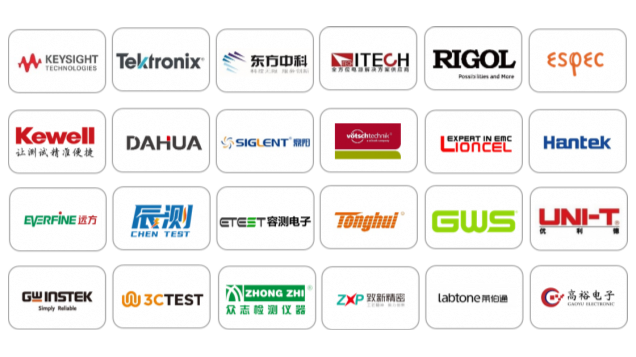How do you know if you are getting the most value out of your AV over IP transport system for digital signage? A key indicator is when your teams can easily distribute content to displays around your campus or office.
In this episode of The Collaboration Space, Michael Vivian, Vice President of Sales at Liberty AV Solutions, discusses the benefits of seamless video distribution tools. Michael also shares common use cases and top considerations for choosing a system to transport your video content.
What does an AV over IP system include?
AV over IP video distribution systems typically include an encoder, a decoder, and a controller. The encoder sends the data signal to a decoder. The decoder receives the signal and sends it to a display.
The controller allows you to choose who sees what content on your displays throughout your offices or campus. For example, you can transport video content from one source to multiple displays or from different sources to various displays. You can also display the same content across all displays throughout your corporate or educational environments.
Corporate environment AV over IP use cases
- Display wayfinding maps in lobbies and near elevators for employees and visitors
- Share company announcements and employee recognition messages with employees
- Stream live newscasts and other entertainment in cafeterias and common areas
- Deliver enterprise-wise notifications for health and safety protocols or emergencies
Just like the enterprise campus, colleges and universities have different areas that may require different sources of content. For example, the cafeteria displays may show general campus information, while common areas show a live feed of campus activities like debates or sporting events.
On-campus video distribution use cases
- Promote on and off-campus events in common areas
- Live stream collegiate sporting events, speaker broadcasts, or live television feeds
- Provide wayfinding campus maps for students and visitors
- Connect mass notification systems to digital signage displays to provide visual cues that help students, staff, and visitors stay safe on campus
With an AV over IP transport system, you can easily switch between recreational content to emergency information on all displays or in specific areas of the campus.
Top AV over IP considerations
So how do you choose the best AV over IP solution for your needs? With a video transport system, make sure there is no latency between the video distribution from one display to another. You’ll want to create a simulcast effect so that content is shown on all of your displays in a certain area at the same time. You wouldn’t want half of the students in your common area to see a touchdown happen seconds before the other half of the room.
When you are investigating latency between your sources and displays, consider:
- Is there a lot of latency in the signal?
- How long does it take to switch from one source to another without significant loss?
It’s also important to consider ease of use. The system needs to be simple to install and deploy and easy for the end user to set up and manage. It should also be scalable with limited programming needs.
The signal bandwidth of your content is also important. To ensure you’ll have enough bandwidth, match the specifications of the devices to the resolution you expect to have output on the display. While you can stream 1080p and 4K over a 1GB network, you may need a 10GB network to meet all of your AV over IP needs for your corporate or education campus. The AVI-SPL professional services team can help you choose the best systems for your needs
Additionally, consider your deployment schedule and product availability. Currently, Liberty AV’s hardware for AV over IP video distribution uses a chipset that is generally available. That means little to no lead times for shipping.
If you’re ready to provide seamless video distribution in your corporate office or college campus, get in touch with AVI-SPL today






 最新资讯
最新资讯
 鄂ICP备2022017323号
鄂ICP备2022017323号
 鄂公网安备 42018502006386
鄂公网安备 42018502006386

 发布展会
发布展会
 发布资讯
发布资讯



 你可能喜欢的主页
你可能喜欢的主页




 今日话题
今日话题























